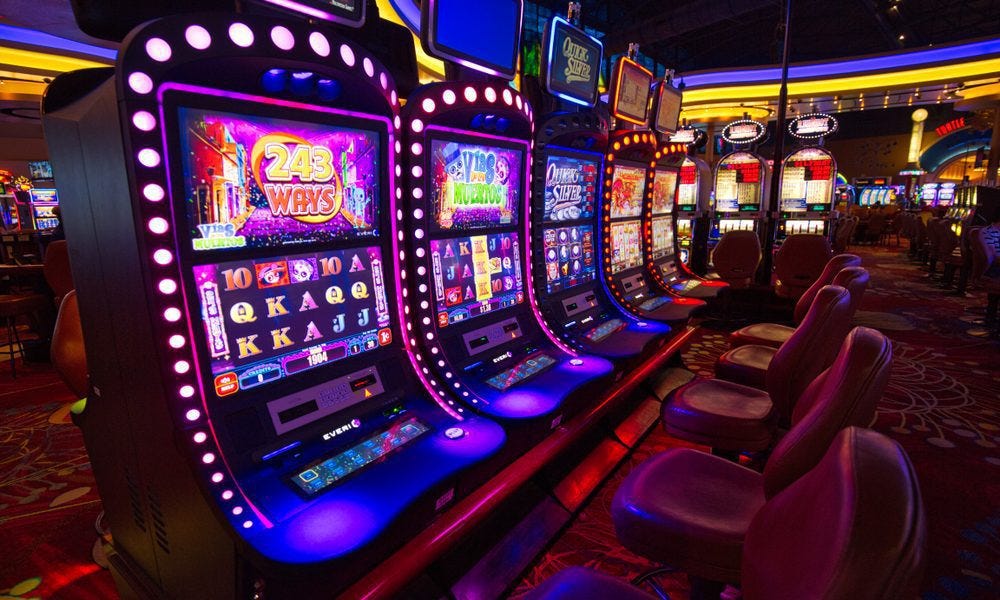Las Vegas, the shimmering desert jewel, has a rich tapestry of history behind its transformation into the entertainment capital of the world. While neon lights, high-stakes gambling, and world-class entertainment define modern Vegas, its rise to fame owes much to a unique combination of glamour and grit. At the heart of this transformation were Frank Sinatra, the Rat Pack, and their underworld connections. Together, they molded the city into a playground for the rich, famous, and powerful.
The Sinatra Effect
Frank Sinatra embodied class, charisma, and raw talent. He wasn’t just a singer; he was an icon. By the early 1950s, his career had seen dips and highs, but it was his association with the burgeoning Las Vegas entertainment scene that truly cemented his legacy. When Sinatra arrived in Vegas, the city was still finding its identity. Casinos existed, yes, but they lacked the allure of international sophistication they would later become known for.
Sinatra became the face of that transformation. His performances at The Sands Hotel and Casino, starting in 1953, became the stuff of legend. The moment he walked into the Copa Room, the city gained something it had desperately needed–star power. His smooth voice and devil-may-care aura made The Sands the hottest ticket in town. But Sinatra brought more than just his talent; he brought his friends.
The Rat Pack Revolution
The Rat Pack was more than a group of entertainers. It was a brotherhood, an ideal, and a statement. Made up of Frank Sinatra, Dean Martin, Sammy Davis Jr., Peter Lawford, and Joey Bishop, their presence lit up Las Vegas like never before. These men weren’t just performing; they were living embodiments of the city’s promise of indulgence and excess.

Performing together at The Sands Hotel, the Rat Pack pioneered what many consider the golden age of Las Vegas. Their unscripted banter, on-stage pranks, and mutual adoration created electric shows unmatched by anything audiences had seen. A ticket to a Rat Pack show wasn’t just a seat at a concert; it was an invitation to a private party.
The Rat Pack’s inclusive energy also cracked barriers. At the time, racial segregation was deeply ingrained in America, and even Vegas wasn’t immune. Sammy Davis Jr., a Black entertainer, often faced discrimination, but Sinatra refused to tolerate it. He stood by Davis, demanding equal treatment for him in a city that was still learning to accept diversity.
Behind the Curtains
However, the glamor of Sinatra and the Rat Pack had another, darker side. The Las Vegas of the 1950s and ’60s was a city heavily influenced by organized crime. Many of the casinos, including The Sands, were backed by mob money. Sinatra’s personal friendships with some notorious mobsters, like Chicago’s Sam Giancana, added an air of intrigue to his time in Vegas. Stories of late-night meetings and quiet transactions in casino backrooms lent a degree of danger to the city’s otherwise festive image.
While the ties between Sinatra and the mob might darken his image for some, they also contributed to Vegas’ evolution. The mob ensured Vegas had the funding to build grand casinos and provided a no-nonsense approach to managing those who got in the way.
Conclusion
The glittering Las Vegas Strip as we know it today owes a debt of gratitude to Sinatra and the Rat Pack. They weren’t just performers; they were pioneers who legitimized Vegas as an entertainment capital, attracting millions with their talent and infectious energy. Their humor and music represented the city’s promise of escape, adventure, and unpredictability.
Though decades have passed, their influence still lingers in the spirit of the city. The Sands Hotel is long gone, replaced by newer, shinier establishments, but the ghosts of the Rat Pack’s laughter still echo in the hearts of those who dream of Vegas as it once was. They weren’t just entertainers–they were the architects of ambition and charisma that built Las Vegas into the legend it remains today.






Leave a Reply